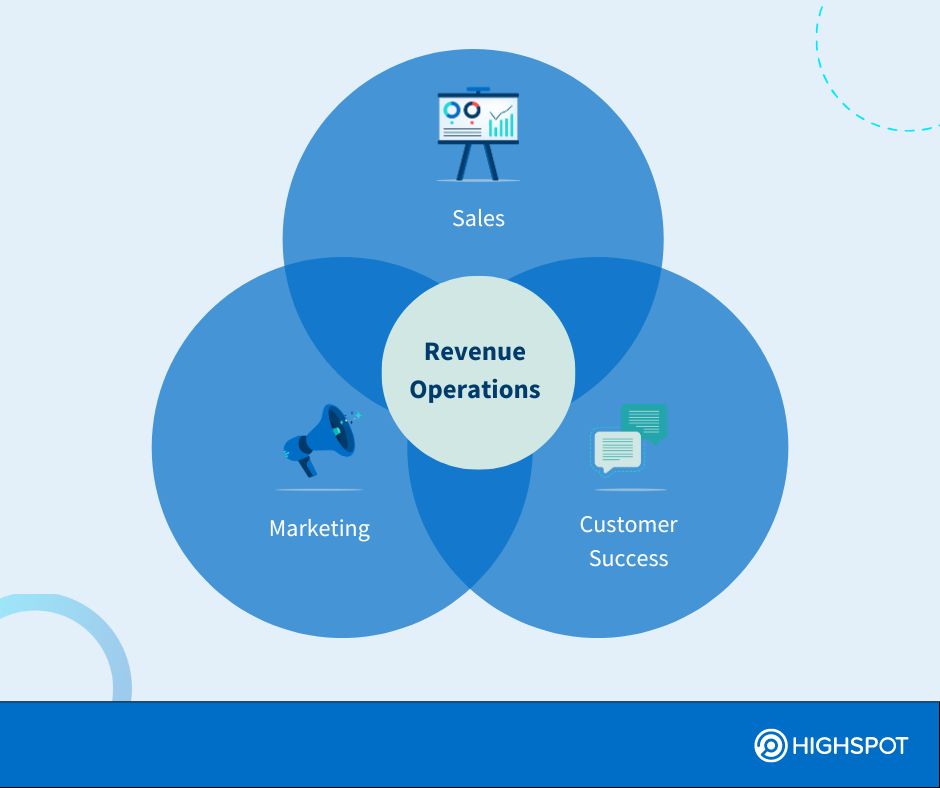
When it comes to leasing commercial space, the focus often lands on rent, location, and square footage. But there’s another important piece of the puzzle that doesn’t always get the spotlight: insurance. Both landlords and tenants have financial stakes in a property, and insurance is what protects those investments when unexpected damage happens.
Without clear terms in place, disputes over who pays for what can quickly sour the landlord-tenant relationship. That’s why lease agreements almost always include detailed language about insurance coverage. It creates a safety net that protects property owners from loss while also giving tenants peace of mind that their business can recover after a setback.
Balancing Landlord and Tenant Responsibilities
In most cases, landlords carry insurance for the structure itself—walls, roof, foundation, and common areas. This ensures that if a fire, storm, or other covered event damages the building, repairs don’t come out of pocket. On the other hand, tenants are typically responsible for their own belongings, such as equipment, furniture, and inventory.
The lease agreement spells out these divisions to avoid confusion. For example, if a pipe bursts and floods a tenant’s office, the landlord’s insurance might cover repairing the walls, but the tenant’s policy would cover replacing damaged computers or merchandise. This division keeps things fair and ensures that neither party is stuck covering losses they don’t own.
Addressing Liability in Shared Spaces
One area that often gets overlooked in leases is liability coverage. Shared spaces like lobbies, parking lots, and hallways can create gray areas when accidents occur. Who pays if a customer slips and falls in the entryway? Depending on how the lease is written, responsibility could fall on the landlord, the tenant, or both.
That’s why it’s crucial for both sides to review liability terms closely. Many landlords require tenants to carry liability insurance to cover claims that happen inside their leased space. In return, the landlord covers liability in common areas. This balance helps reduce conflict and ensures injured parties are compensated without a drawn-out battle over responsibility.
How Insurance Supports Business Continuity
Commercial leases aren’t just about protecting the building; they’re also about keeping businesses running. If a property becomes temporarily unusable due to damage, tenants may not be able to operate for days or even months. Some leases address this by requiring tenants to have business interruption coverage, which helps replace lost income during downtime.
From the landlord’s perspective, this kind of coverage is just as important. A tenant with business interruption insurance is more likely to stay afloat and keep paying rent, even if they can’t use their space for a while. For tenants, it can mean the difference between weathering a disaster and shutting down for good.
Clarifying Insurance Terms in Lease Negotiations
Lease negotiations are the perfect time to sort out the details of insurance. Too often, business owners sign leases without fully understanding what’s covered, leaving themselves exposed. Clear communication ensures that both parties know exactly who carries which policies, how much coverage is required, and what specific risks are included.
This is where professional advice can make a difference. Brokers and advisors who specialize in commercial property insurance can help identify gaps in coverage and guide landlords or tenants through the fine print. Having the right policies in place before the lease is signed can save money and frustration down the road.
Conclusion
Lease agreements aren’t just about square footage and monthly payments—they’re contracts that protect both landlord and tenant interests. Insurance plays a central role in making sure that when damage or accidents happen, there’s a plan in place to cover losses fairly. From dividing responsibilities to ensuring business continuity, commercial property insurance helps create security for both sides.
By addressing insurance upfront during lease negotiations, landlords and tenants can build stronger, clearer relationships. In the end, it’s not just about protecting a building—it’s about protecting the people and businesses that rely on it every day.




